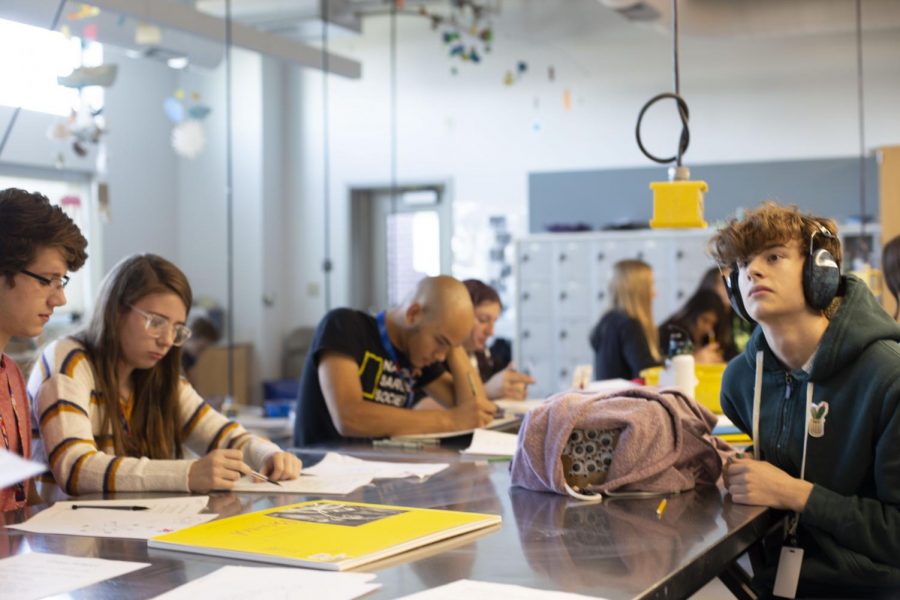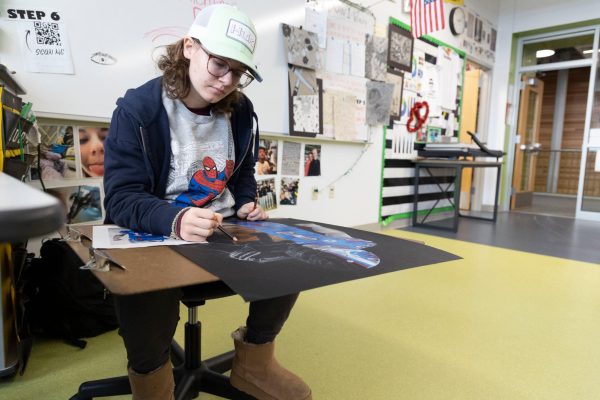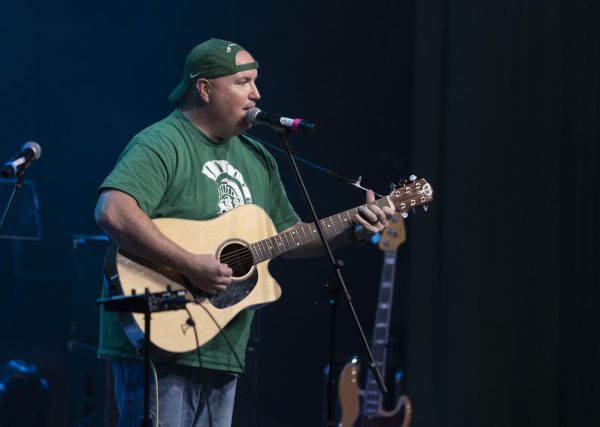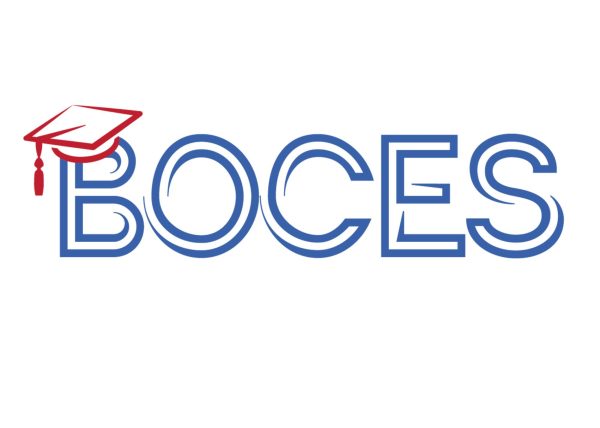The Balanced-Calender: Would KWHS Students Sacrifice Their Summer Break?
It’s the beginning of the school year, and Kelly Walsh High School students are reminiscing over the memories they made over the summer. But what if the break wasn’t almost three months long?
School districts across the nation are adopting a “balanced calendar”, in which students attend school on a different schedule. According to St. John’s Public Schools, balanced calendars consist of “Breaks (typically called intercessions) of two weeks or longer. Breaks are given to students in the fall, a winter break (around the holidays) and a two-week break (or longer) is given in the spring.” What would this be like at Kelly Walsh High School?
First of all, why does American school start in Autumn anyway? The answer: the schooling system dates back to when children were required to help farm: planting, harvesting and more. By sending children to school in the colder months, families would not lose their workforce or source of income.
Sophomore Drew Rasmussen covets his summer break. “I like having the summer off and not having to worry about anything for three months,” he remarked.
Freshman Callisto Bennett has a similar take: “In the summer it’s really nice out. It’d be really hard to concentrate during then when all that we’re thinking about going on vacation,” She said.
Research analysis by the University of Minnesota found that students on a balanced calendar did not show much of an advantage over students from schools on a traditional calendar, with 42 studies showing no positive impact and 37 studies showing positive impact attributed to the switch.
Teachers don’t all have the same opinion on switching to a balanced-calender school year either. Becky Byer, a programming teacher at KWHS, stated her thoughts simply. “I still like to have my summers off!” she said.
On the other hand, Rasmussen thinks some teachers would be appreciative: “Mr. Schenck would love it!”
Byer, Rasmussen, and Bennett all agree on one thing: the summer can be a time that students forget what they’d learned the previous year. “[A balanced calendar] promotes academic knowledge retention,” said Byer.
On average, teachers spend about 4 to 8 weeks of reteaching material after the summer break. A balanced calendar could help to increase the learning of new material.
Opinions are split on this one, especially on whether or not the switch to a balanced calendar for Kelly Walsh would be the right decision. Bennett says it’s not. “I just like having it done in one part of the year and having the break in another instead of kind of spreading it out, because then you never get a really big break.”
Rasmussen disagrees. “It helps you retain the information you learned the previous year, and you still get the same amount of break time, so it doesn’t matter.”
The change to a balanced-calendar would be different than what Kelly Walsh students are accustomed to. Which side are you on?











